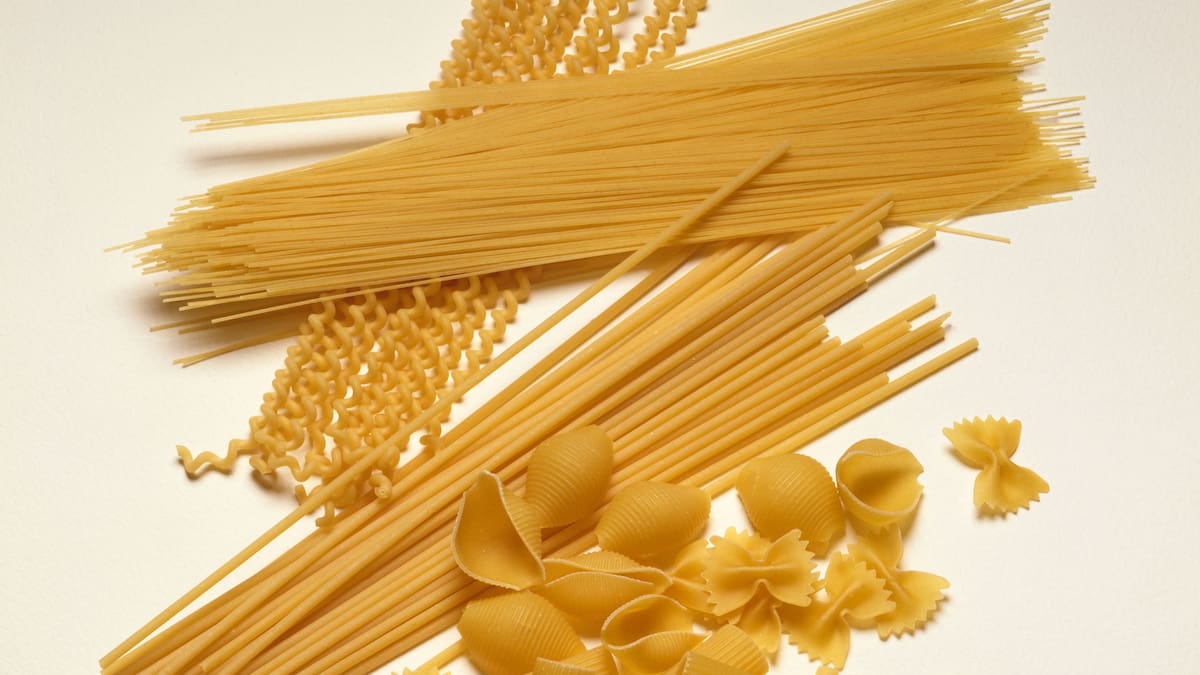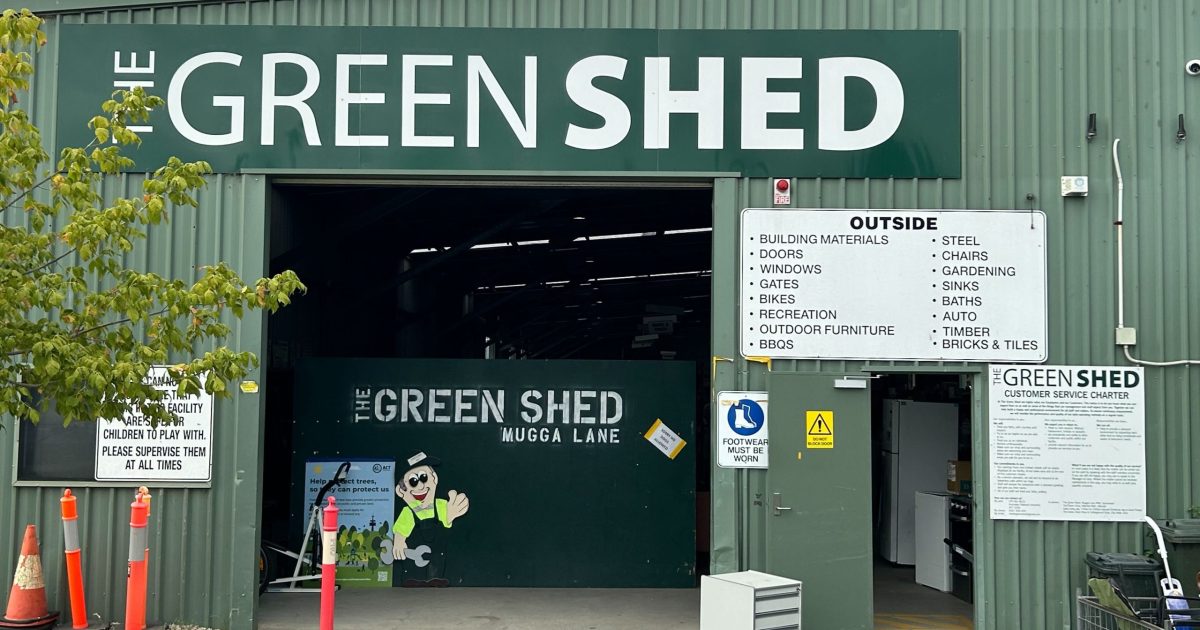From spaghetti to linguine and penne, pasta shapes are suited to particular types of sauce. Photo / Getty Images
With so many varieties of pasta and each shape serving a purpose, how to select the right one? Nikki Birrell explains.
From the intricate coils of fusilli to the slender elegance of spaghetti, the world of pasta is diverse. There are hundreds of shapes. But why do we have such a vast array of options? The answer lies in tradition, Italian regional preferences and, more often than not, the practicalities of pairing with various sauces and ingredients. Numerous pasta shapes are crafted to embrace and enhance particular sauces. Whether it’s tubular pasta with ridges tailored to take on thick, creamy sauces, or slender noodles that harmonise with oil-based and generally lighter sauces, each shape serves a specific culinary purpose. We delve into some introductory guidance on selecting the perfect pasta shapes below.
Tube shapes
Examples: penne, rigatoni, macaroni
Cylindrical pasta varieties like penne and rigatoni are ideal for hearty sauces, thanks to their ridged surfaces that help sauces adhere. These shapes are also versatile, perfect for casseroles and baked dishes (like macaroni cheese) where they can cradle a medley of fillings, from cheese to vegetables.
Recommended sauces: alfredo, bolognese, pasta alla norma, vodka sauce, arrabbiata
- Alfredo sauce: A creamy, rich sauce made with butter, heavy cream, and parmesan cheese.
- Bolognese sauce: A hearty meat-based sauce simmered with tomatoes, wine, and aromatic vegetables.
- Pasta alla norma: A Sicilian dish with aubergines, tomatoes, basil, and salted ricotta.
- Vodka sauce: A creamy tomato sauce with a hint of vodka, usually enriched with cream and parmesan.
- Arrabbiata sauce: A spicy tomato sauce with garlic and red chilli peppers.
Macaroni cheese with lemon thyme and bacon recipe.
Stuffed pasta
Examples: ravioli, tortellini, mezzelune, agnolotti.
Stuffed pasta can have an array of fillings such as ricotta and mozzarella, often accompanied by meat or vegetable accents. These tasty packages do best with simple oil or butter-based sauces that coat the pasta, but don’t compete with the fillings.
Ravioli are square or round pasta parcels typically filled with cheese, meat, or vegetables. Tortellini are ring-shaped pasta usually stuffed with a mixture of meat or cheese. Mezzelune are half-moon-shaped pasta often filled with similar ingredients to ravioli. And agnolotti are small, square or rectangular parcels filled with roasted meat or vegetables.
Recommended sauces:
- Sage brown butter: a simple sauce made with browned butter and fresh sage leaves.
- Marinara sauce: a light tomato sauce with garlic, onions, and herbs.
- Butter and garlic sauce: a basic yet flavourful sauce combining butter and garlic.
- Mushroom cream sauce: a rich, creamy sauce with sauteed mushrooms and cream.
See Geoff Scott’s step by step on how to make ravioli here.
Twisted shapes
Examples: casarecce, fusilli, farfalle
Squiggly and twisted pasta shapes are crafted to capture and hold smooth sauces with their twisted ridges and are particularly suited to thicker sauces and grated cheese, ensuring each bite is packed with flavour.
Recommended sauces:
- Pesto sauce: a blend of basil, garlic, pine nuts, parmesan, and olive oil.
- Marinara sauce: a light tomato sauce with garlic, onions, and herbs.
- Vodka sauce: a creamy tomato sauce with a hint of vodka, usually enriched with cream and parmesan.
Thin strands
Examples: capellini (angel hair), spaghetti, linguine, bucatini
Long, skinny pastas do best with simple sauces that evenly coat the pasta. Tomato sauces and light seafood, cream or oil-based sauces are good choices.
Recommended sauces:
- Pomodoro sauce: a fresh tomato sauce with garlic, basil, and olive oil.
- Carbonara sauce: a creamy sauce made with eggs, cheese, pancetta, and pepper.
- Cacio e pepe: a simple yet luxurious sauce with pecorino cheese and black pepper.
- White wine and clams: a light seafood sauce with white wine, garlic, and clams.
- Amatriciana sauce: a tomato-based sauce with guanciale (cured pork cheek) and pecorino cheese.
- Butter and garlic sauce: a basic yet flavourful sauce combining butter and garlic.
- Pesto sauce: a blend of basil, garlic, pine nuts, parmesan, and olive oil.
Creamy mushroom and kale spaghetti carbonara
Thick strands
Examples: fettuccine, tagliatelle, pappardelle
Thicker, wider noodles provide a hearty base for rich sauces, thanks to their robust structure and often egg-based dough. These ribbons are perfect for meaty sauces — in fact, in Italy a bolognese sauce wouldn’t be served with spaghetti, but with a thicker ribbon noodle such as tagliatelle.
Recommended sauces:
- Ragu sauce: a rich meat sauce simmered with tomatoes, wine, and herbs — see recipe below
- Bolognese sauce: a hearty meat-based sauce simmered with tomatoes, wine and aromatic vegetables.
- Alfredo sauce: a creamy, rich sauce made with butter, heavy cream and parmesan cheese.
Pappardelle with shredded duck, orange and wine
Buon appetito!
New Zealand Herald contributor Nikki Birrell has worked in publishing for nearly 20 years. Fanatical about food and seeing the world, when not travelling, eating, cooking or writing about those — recent stories include making the most of mince, how to how to cooked dried beans and a beginner’s guide to Mexico City — she likes bushwalks and tinkering with cocktail creations.





